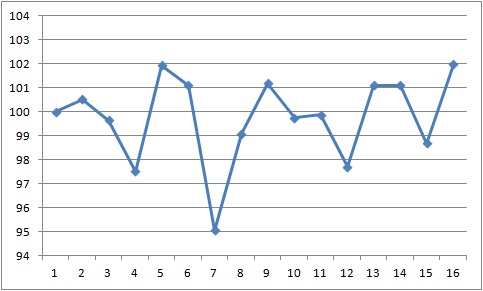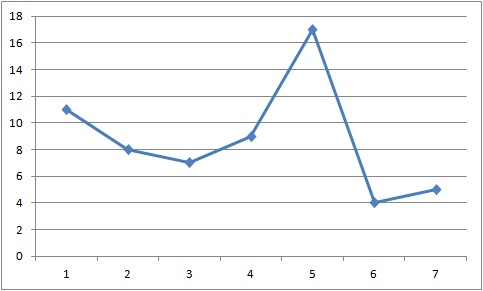Indoor season nearly complete, just ran my conference championships and they went well. Heres a recap of the past few races.
I ran 7.01s at a meet 2 weeks ago, straight final. I was feeling good, very consistent, but still had what I would consider a poor start technically. I couldnt figure it out, I was getting beat by 7.20 guys to 30 and then pulling away. I have great strength and power numbers so this didnt make sense to me.
Watched a lot of videos and got an old friend to watch me do some runs and he had some good technical advice for me. It all boiled down to my hip position.I tend to sit back on the drive instead of committing to it and driving with a good lean. So I put some mental effort into my drive phase, but didnt get much chance to practice, kept things simple.
This weekend ran 7.00 in the heats and 6.94s in the final. Completely nailed my drive phase, actually pulling away at the start like I always should have been. This is a personal best, and broke through a plateau I’ve been at for years.
Getting to the training I’ve been doing. Since I’ve been mostly busy with work, my training has been scattered. But I kept things simple, every sessions I did was speed. I would do 25m fly’s, and try to get up to 6, stop if times got too slow. Using some Brower gates I timed each run, over the course of a few cycles. I used to times to also dictate if I needed rest or not.
I tended to take 72hrs rest between speed sessions because I’ve typically needed that recovery period. After 2 weeks, I would accumulate fatigue and my times would drop so I would take a down week. Which might consist of reduced volume or nothing if I had to go on a work trip.
Acute relieving syndrome as Dan Pfaff described would happen if I took 4-5 days of complete rest. I would come back and my times would go from 2.44s average to 2.52s. This could easily be mistaken for CNS fatigue, but I found that I could do a few sprints to activate my body and 48hrs later my times would be back on, or even better.
I did 2 phases of speed training on a 2-1 work-rest. I didnt change much on the 2nd block except for increasing the density of weekly loading by about 20%. You can see in the graph below how my average performance fluctuated from session to session in terms of base % from my first testing session.

To keep things going this summer, with limited training opportunity, I will attempt to increase loading density slightly more and add some variety to stimulus.
What I’m looking for is adaptation to a higher level. So far I’ve found speed is very picky as to when it will adapt and set in to a higher level. With strength its linear, with plyos its been linear, with power its fairly linear. But speed will fluctuate according to fatigue, sharpness and after some period of time (maybe months), adaptation will occur and the fluctuations will continue as observed.
My main goal is to load speed density as safely as possible until that adaptation and stabilization occurs. From my observations, if you train when you’ve recovered enough to run at 95%+ intensity and stop when you cannot maintain that anymore, and continue to push density within those constraints and add in stimulus and system variability, your body will eventually adapt.


